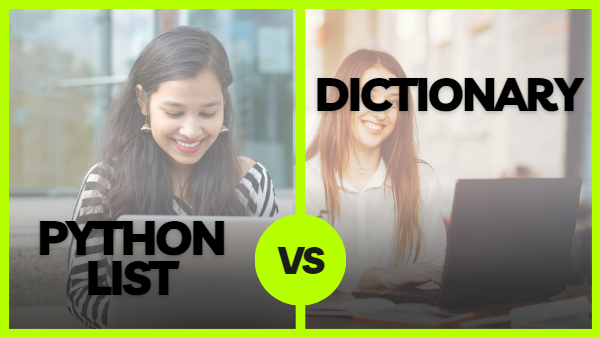You might be wondering what is the difference between a list and Dictionary in Python. It is very simple:
In Python, a list is an ordered collection of items that can be of different types. Lists are denoted by square brackets ([]). Lists are useful for storing collections of data that need to be in a specific order or for performing operations on a set of items, such as looping through a list.
Here is an example of a list in Python:
fruits = ['apple', 'banana', 'orange', 'mango']A dictionary, on the other hand, is a collection of key-value pairs. Dictionaries are denoted by curly braces ({}). Each key in a dictionary is associated with a value, and the key-value pairs are separated by a colon (:). Dictionaries are useful for storing data that needs to be quickly accessed using a unique key.
Here is an example of a dictionary in Python:
person = {'name': 'John', 'age': 30, 'city': 'New York'}
You can access the items in a list using their index, which starts at 0. For example, to access the first item in the fruits list, you would use fruits[0]. You can access the items in a dictionary using the keys. For example, to access the value associated with the key ‘name’ in the person dictionary, you would use person['name'].
In general, lists are better suited for storing collections of data that need to be in a specific order, while dictionaries are better for quickly accessing data using unique keys.




